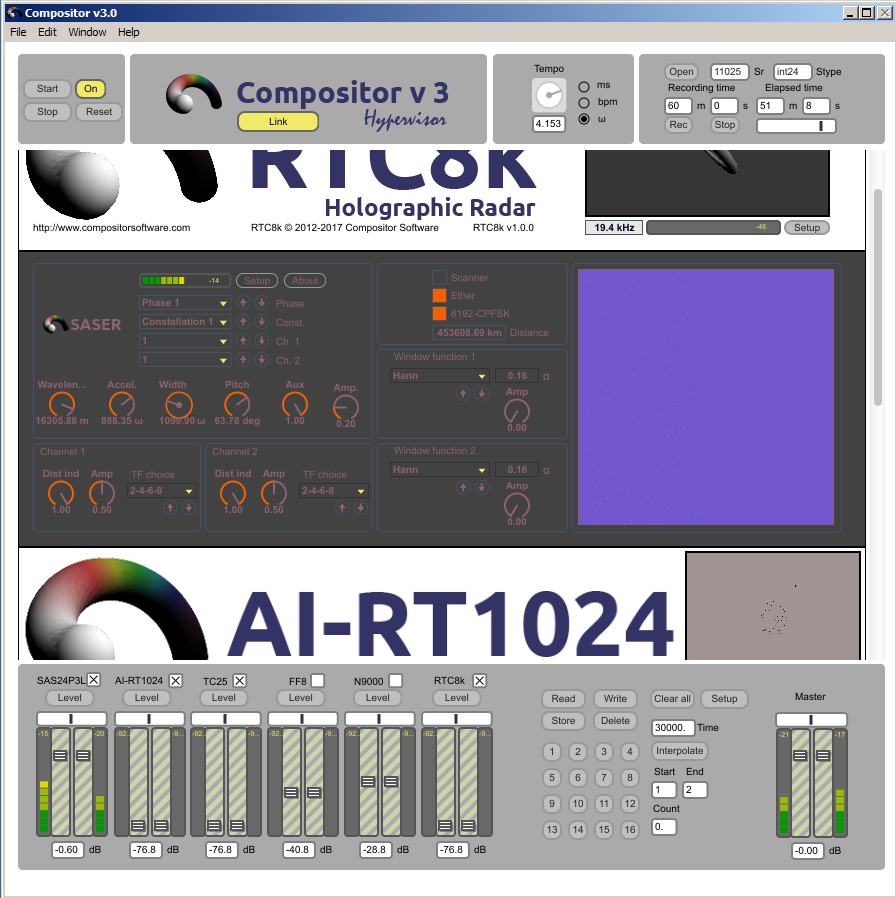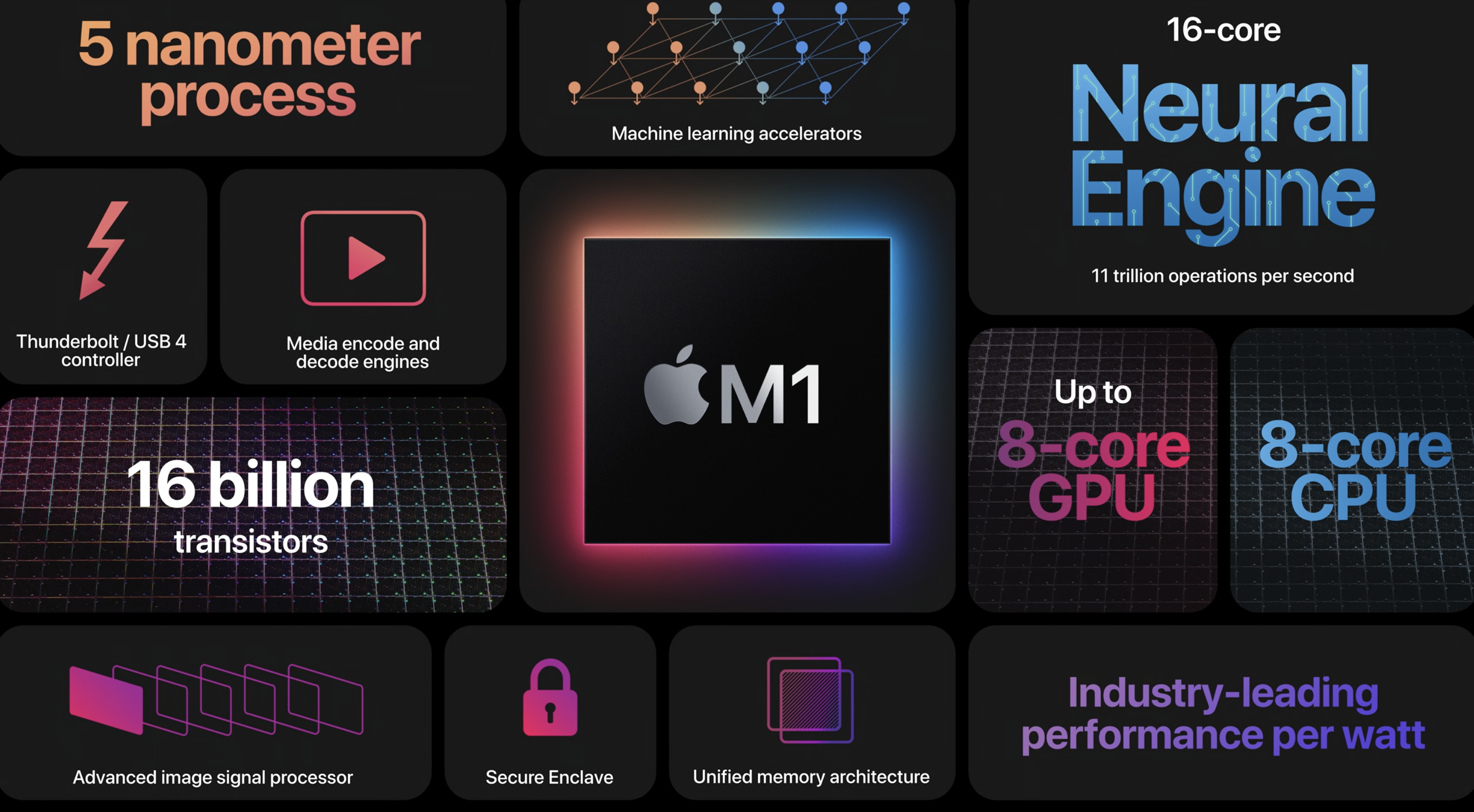Today, Compositor Software announces the Compositor v3 Hypervisor Radio Shack based on free-float generator technology. Three years in the work and finally consists of six modules such as RTC8k, SASER, AI-RT1024, FF8, N9000, TC25 for VLF radio translations.

While it was a general task to make the audio-translation chain as long-as-possible Compositor Software found a solution to use SASER channel feeded by RTC8k chain feeder values. Now, instead of using an internal SASER scanner one can use the LINK function of Compositor v3 Hypervisor Radio Shack rack, which hardwires AI-RT1024, FF8, N9000, TC25 tuning to the current RTC8k radar scanner value, which produces ultra-stable and ultra-long results making it a long endurance system for SLF, ULF and VLF radio communications.
If you are proceeding to own the whole rack, you must obtain licenses for SASER, AI-RT1024, FF8, N9000 and TC25 separately from the Compositor Software Web Shop. In original package for Compositor v3 Hypervisor Radio Shack you get RTC8k license and rack with demo versions of all instruments. This way you can try them and decide what you need for original translations. These instruments are not only suitable to evoke constant radio ether they also suits for radio security. For example, FF8 generator is a quantized signal-rate generator, which quantizes radio translations and can potentially occupy the whole band with rattling patterns.
Besides the tuning, you have smart prediction system based on a block-chain with probability distribution density functions. This helps to establish the connection to transmitting source and magnify the signal using the waveguide normalizers. In Compositor v3 Hypervisor Radio Shack you got visual feedback displays for AI-RT1024, RTC8k and SASER instruments. They help to determine the direction signal source is coming from and to learn the signal by its phase values. In addition, AI-RT1024 display shows how many network dots receiving this signal in the current moment of time suitable for real-time tasks such as navigation.
